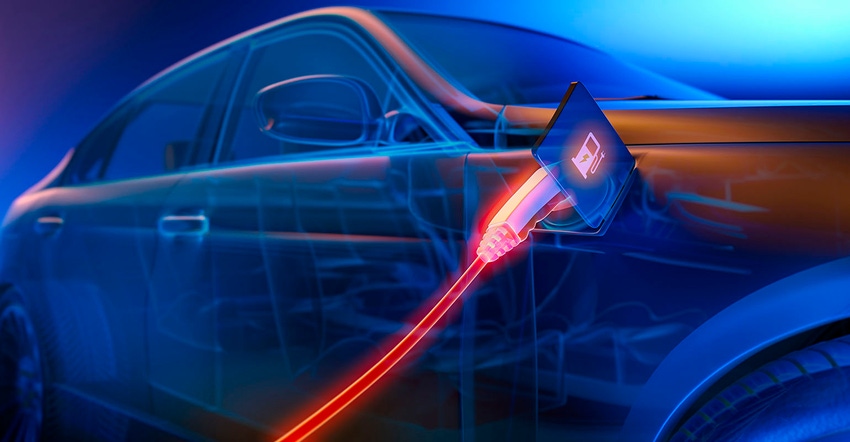EV Insights: What to Expect in 2024
We take one more look at what is in store for electric vehicles (EVs) in 2024, with a focus on the battery-centric drive train.
December 29, 2023

At a Glance
- Cloudy outlook for Chinese EV OEMs
- Further standardization and deployment of charging infrastructure
- Battery technicians in short supply globally
Electric mobility featured heavily in our recent article outlining automotive and mobility trends to watch in 2024. If we had extended the piece to 10 trends instead of five, some of the following would have made the cut.
Where to now, Chinese EV OEMs?
The rise of Chinese electric vehicles (EVs) in the global market has been somewhat astounding, particularly their penetration of the European market. In fact, some market watchers see China soon overtaking Japan as the world’s largest vehicle exporter. Critics note that China’s EV industry has been built on the back of cheap loans and government support to the extent that the European Union (EU) is considering implementing new import tariffs. What then for the myriad Chinese EV manufacturers who also need to contend with a local market growing slower than originally forecast and the might of leading industry players such as BYD?
Coordinating charging infrastructure
The number of EV AC and DC chargers installed globally surged from 3 million in 2019 to more than 10 million in 2022, according to estimates from S&P Global Mobility’s AutoTechInsight. The count will increase to more than 15 million globally in 2023 and surpass 70 million in 2030. Governments are one of the main actors in easing access to EVs, according to AutoTechInsight. “In the US, the National Electric Vehicle Infrastructure Standards, or NEVI Formula Program, specifies where federally funded infrastructure must be placed,” it said. More automakers are also adopting the North American Charging Standard (NACS), a charging connector system developed by Tesla. Most companies have announced that they will offer a NACS adaptor to allow their customers to use the Tesla Supercharging Network in 2024.
Who will build the batteries?
As EV production volumes ramp up, Japanese battery maker Panasonic and automotive OEM Toyota are working to address a potential shortage of suitably trained workers to build the required batteries. According to a report in Nikkei Asia, a plan to train 30,000 battery-related workers by 2030 — in addition to the current workforce of about 10,000 — was detailed in March 2023 by the Japanese Ministry of Economy, Trade, and Industry, and trade groups including the Battery Association for Supply Chain, which includes Toyota Motor, Panasonic Energy, and its battery joint venture, Prime Planet Energy & Solutions. The Nikkei Asia article quoted Mitsutaka Fujita, a researcher at Tokyo-based Techno Systems Research, who said, "Good battery engineers are lacking worldwide. You need to train engineers and designers before they become good, but currently they're lacking everywhere."
About the Author(s)
You May Also Like




